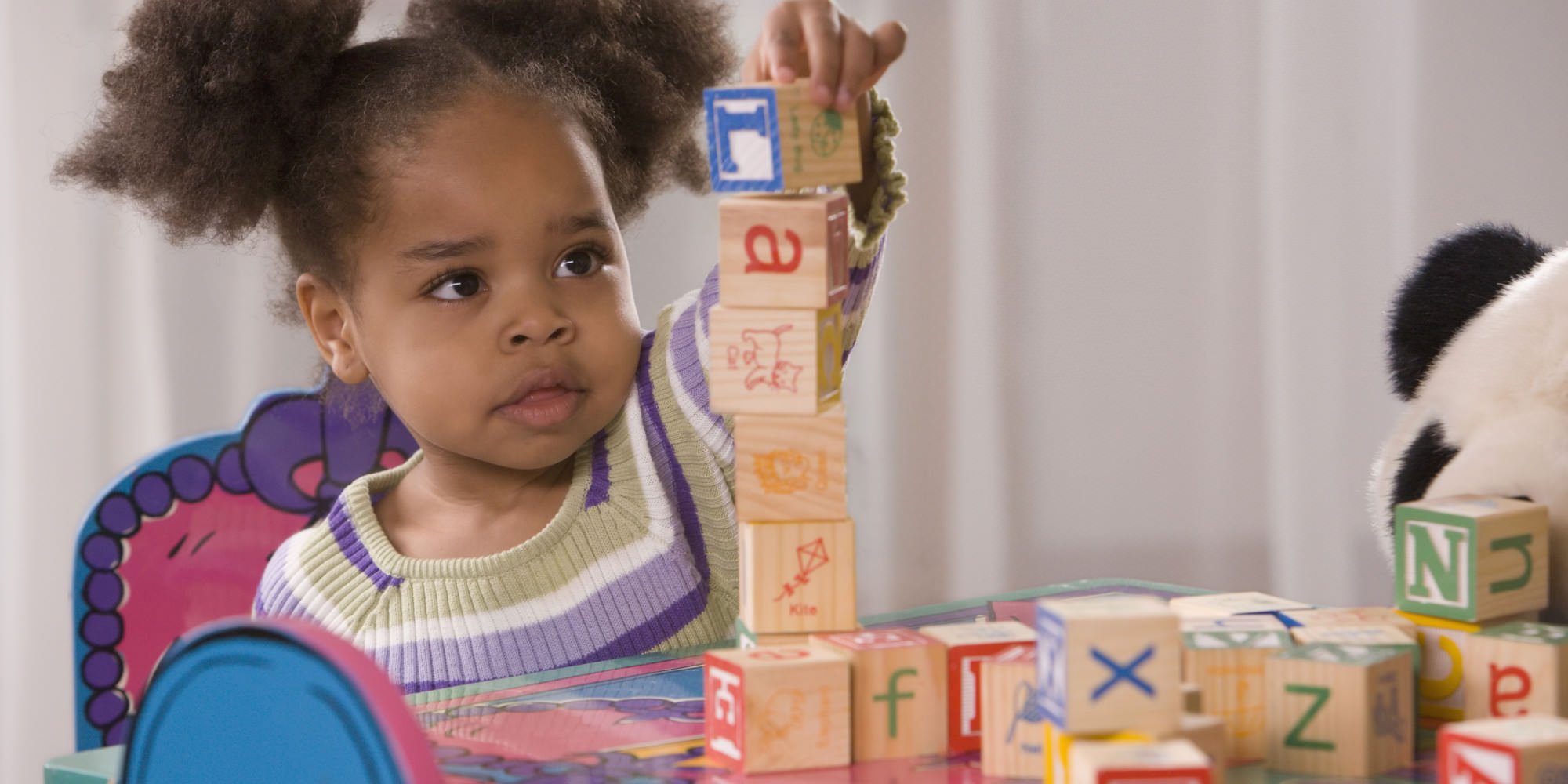Primary

Primary School
THE CURRICULUM
The foundations of a rigorous, secondary education are built in primary school. Children begin to acquire knowledge and skills, but also develop executive functioning and metacognition. As pupils in reception and baby class, our youngest students learn what it means to be a part of a community. As fifth and sixth graders, they become leaders and role models for their peers. By the time students graduate primary school, they have found their voice and developed the confidence to use it.At Chalo Trust School, our primary section utilizes the Zambian syllabus leading up to the Grade 7 National Examinations. We place emphasis on teaching our children the "Three Rs" - reading, writing and arithmetic. Pupils cover the Zambian Primary Course in its entirety. The main objectives of the primary section are:

- To feed into CTS secondary school, pupils that are academically prepared and well groomed with strong ethical and Christian values and strong leadership qualities.
- To provide a first class primary education to children of all backgrounds within and outside the country, which will enable them to easily transfer to secondary schools of choice either within Zambia or abroad.
- To offer an academically stimulating program that will enhance the social, emotional, moral and physical growth of its pupils, thus preparing them to be world citizens in the 21st century and free of prejudices of race, culture, social background and religion.
- To strive for excellence in all facets of a childs development including sports and various other extra-curricular activities by maintaining strong links with other primary schools through such organizations as the Independent Schools’ Association of Zambia (ISAZ) to ensure the cross fertilization of ideals and maintenance of standards.
- To educate the "whole child" and to pursue a high standard of education, not only in academic areas but also in artistic, cultural and sporting fields.
Our goal is to create an environment to challenge young minds, foster a commitment to learning, and, concurrently with academics, instill a moral framework so that students understand the concept of “us” as well as “me.” Well prepared for secondary school, students leave primary school confident and comfortable in their own skin with the skills they will need to succeed.
The primary curriculum at CTS incorporates subjects in 6 recommended Learning Areas namely:
- Literacy and Langauages The primary goal of literacy and language in the lower section of the primary school is to inspire students to learn how to read for pleasure, learn new information, share their thoughts and feelings, and speak confidently and dynamically. To meet those goals, teachers from Reception to Grade 3 focus on reading skills that include print knowledge, alphabet awareness, phonological awareness, phonemic awareness, decoding, vocabulary, and fluency. From grades 4 to 5, reading instruction focuses on vocabulary development, fluency, and comprehension. By the time the child is getting to the upper primary school grades, they should be able to do any of the following: opinion/argument writing, narrative writing, and informative writing using a model where students are provided with clear goals, as well as responsive, assessment based feedback.
- Mathematics Primary School Math instruction and curriculum are carefully designed to allow students to connect with, build upon, and refine their mathematical understandings. Students use metacognitive strategies when they engage in solving mathematics problems to not only understand specific concepts, but also the process by which they learned them. Six content strands are at the core of instruction in all grade levels: number and numeration, operations and computation, data and chance, measurement and reference frames, geometry, patterns, and functions, and algebra. These six areas are broken down further into grade-level goals.
- Integrated Science Integrated Science is an area in which learners are required to develop scientific knowledge, skills and attitudes which will help them to explore and understand their immediate environment and the world at large. By the end of Grade 7 learners are expected to develop:
- an attitude of scientific curiosity and enquiry
- the ability to generate new ideas
- ability to co-operate
- willingness to share knowledge
- an understanding of human beings and their environment
- awareness of a variety of life
- an understanding of the relationship of living things in their environment
- Knowledge, skills and positive attitudes in health and nutrition.
- Social and Development Studies A strong understanding of social studies and history is the foundation of well-informed, civic-minded citizens. Our primary school scope and sequence begins with exploring relationships that students have within their immediate circle of family, friends, teachers, and neighbors. Then students learn the basics of geography, economics, and citizenship in the context of expanding their view to include the local community. Learning broadens from there to an awareness of local and global communities and the to the exploration of different regions and cultures, firstly within the African continent then on a global scale
- Creative & Technology Studies
A sixth Learning Area, called Community Studies focuses on localized Curriculum to support the Ministry of Education requirement that 20% of the curriculum should be oriented towards issues of local community concerns.
